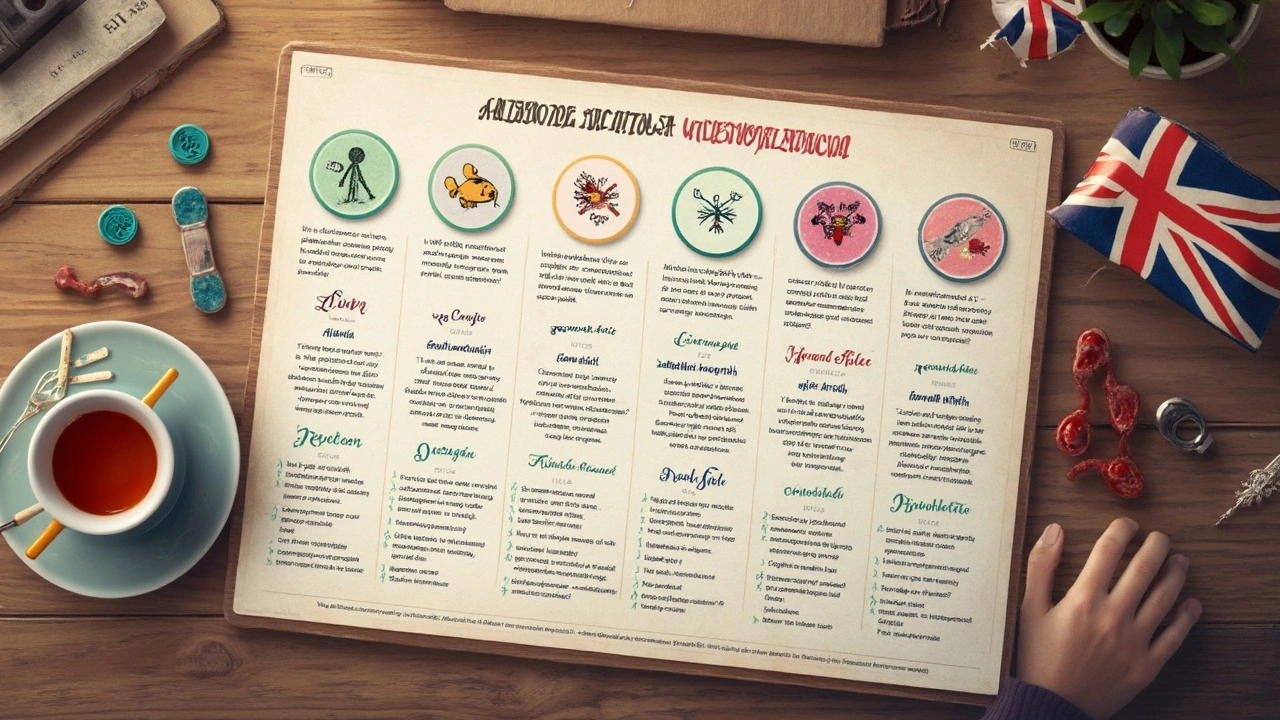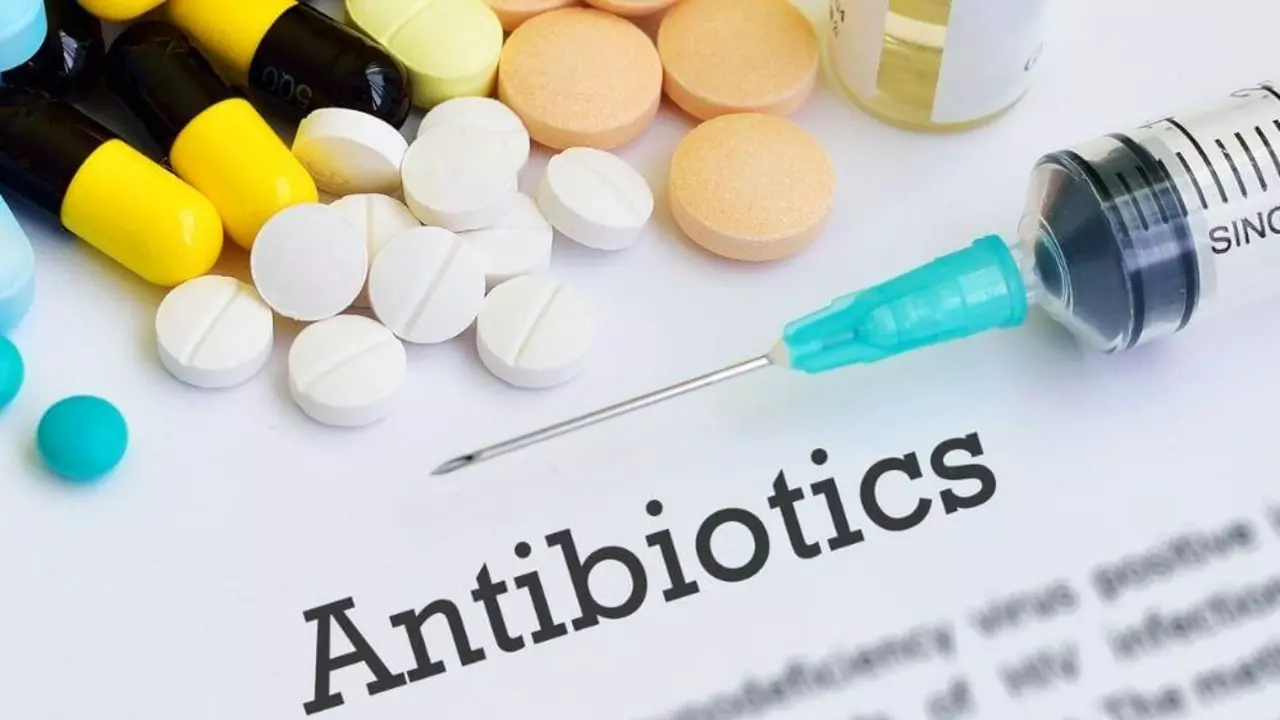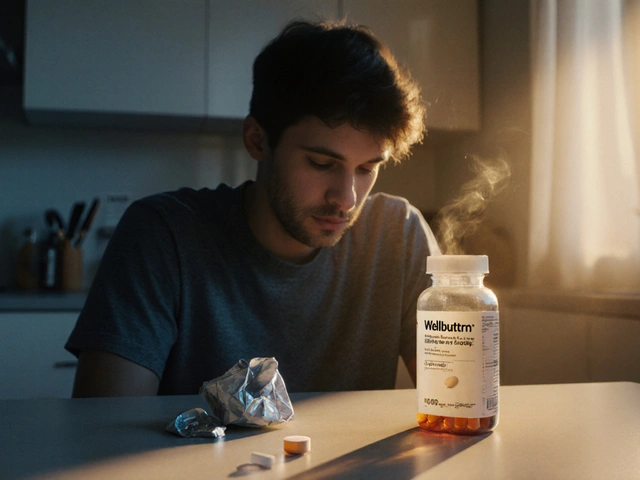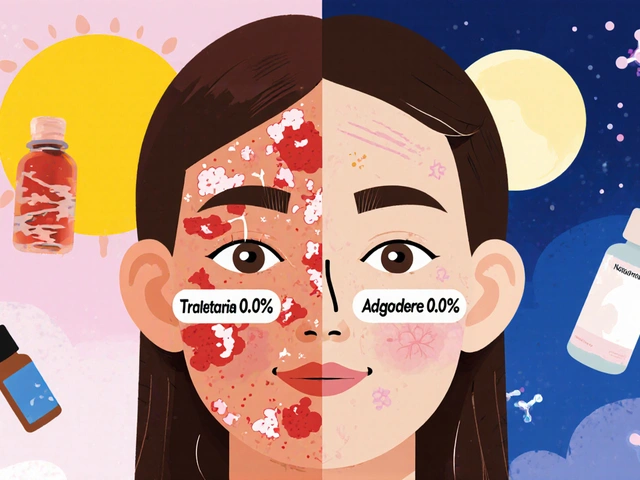Antibiotics: What They Fix and How to Use Them Wisely
Antibiotics kill or stop bacteria, but they don’t work on viruses like colds or the flu. People often expect a quick fix, and that expectation drives resistance. Use them the right way and they stay useful; misuse shortens their lifespan.
How to use antibiotics safely
Only take an antibiotic when a healthcare professional prescribes one for a confirmed or likely bacterial infection. If your doctor orders tests (a throat swab, urine or blood culture), those results can point to the best drug—this is culture-guided therapy and it often avoids guesses.
Follow the prescription exactly: dose, timing, and full course. Stopping early because you feel better can leave surviving bacteria that come back stronger. Don’t share antibiotics or use leftover pills from past illnesses.
Watch for allergies and common side effects. Rash, itching, swelling, or breathing trouble need urgent care—these are possible signs of a serious reaction. Mild side effects like nausea or diarrhea are common; take with food if recommended, and talk to your doctor if symptoms are severe.
Be aware of interactions. Some antibiotics affect blood thinners, anticonvulsants, or birth control. Always tell your provider about other medicines, supplements, or health conditions before starting treatment.
Buying antibiotics online and practical tips
If you consider buying meds online, pick pharmacies that require a prescription and show clear licensing or contact details. Reputable services will ask for a valid prescription, have a licensed pharmacist available, and display real customer support. Avoid sites that sell prescription antibiotics without a prescription or pressure you with extremely low prices.
Counterfeit or substandard antibiotics are a real risk. Look for clear packaging, batch numbers, and a trackable delivery option. If a medication looks different from what you’ve had before or the tablet is damaged, don’t take it—check with a pharmacist or doctor.
For long or complex treatments like tuberculosis drugs (for example, ethambutol/Myambutol), use a specialist clinic, because these treatments need monitoring and strict adherence. Your doctor may order periodic blood tests or vision checks depending on the drug.
When to call your doctor: high fever, worsening symptoms after 48–72 hours on treatment, new or severe side effects, or signs of allergic reaction. If treatment fails, your clinician may switch antibiotics based on culture results or consider non-antibiotic causes like viruses or fungal infections.
Antibiotics are powerful tools when used correctly. Ask questions, keep a list of your medicines, and follow professional advice. That keeps you safer and helps preserve these drugs for everyone who needs them.
Levofloxacin is a well-known antibiotic, but it's not the only option when treating infections. This article highlights six alternatives, detailing their uses, advantages, and drawbacks. Whether it's tackling urinary tract infections or other bacterial issues, these alternatives offer varied benefits. Explore how each one works, their pros and cons, and how they compare, so you can make informed decisions in healthcare.
View DetailsIn my recent research, I've discovered some compelling benefits of combining Ampicillin with other antibiotics. This combination can enhance the effectiveness of treatment, particularly in cases of drug-resistant bacterial infections. By working synergistically, these antibiotics can lower the required dosage, reducing the risk of side effects. Furthermore, this approach can prevent the development of antibiotic resistance, a major concern in modern medicine. So, it seems that this combined approach could be a game-changer in the fight against persistent bacterial infections.
View Details


